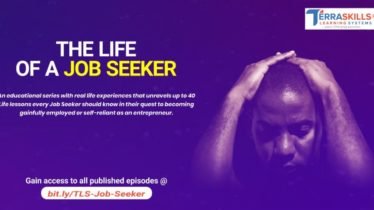How Learning can be Improved
Learning is a very important concept; it covers our everyday interactions to the actual identification of learning towards the actual learning process. This is to say that we learn even when we do not realize we are learning. Learning is an important process of getting new knowledge, experience, or information or augmenting knowledge or experience. The importance of learning as it relates to performance cannot be overemphasized. It is said that “you can only give what you have”, if learning is a continuous process and if we can learn from our everyday experiences, then we will agree that in one way or the other that we are directly or indirectly teachers, lecturers, and facilitators. If this is the case, then we must realize that learning is an important activity; we must grow ourselves not just for ourselves but those we come across.
It’s only when you allow your cup to be filled that you can fill the cup of others. If you have nothing in your cup, you can’t give anything away.
– Gary Smalley – Focus on the Family.
How can you improve learning?
Learning can be improved using the following tips
Understand the learning cycle
Kolb’s learning cycle designed in 1984 shows that learning takes place in four steps;
- The concrete learning experience which deals with the senses – feeling
- Reflective observation – watching
- Abstract conceptualization – thinking
- Active experimentation – doing
Kolb believes that learners should ideally progress through the stages to complete a cycle and, as a result, transform their experiences into knowledge.

Understand the learning types
Understanding the different learning styles based on experiential learning will help you identify how best you can transform learning into a piece of actionable knowledge. By actionable, I mean knowledge you can implement.
As far as learning goes, everyone has different ways they learn; therefore it is safe to say people are very different in their learning style. Kolb described four dominant learning styles which are always a combination of two learning preferences on two dimensions. Sometimes for individuals to learn effectively, they have to combine two important dimensions of learning;
Watch and Feel
Those who learn better with this combination are divergent learners; they are often very good at brainstorming and idea generation with broad interest and work efficiently in teams.
Watch and Think
People in this group are assimilating learners; they like illustrations, structure and are very logical.
Doing and Thinking
People with this learning style prefer aspects of hands-on experience; hence, are practical and are focused on solving problems. They are technical and application-oriented.
Feeling and Doing
People with this learning style are very intuitive and so will normally prefer to do; they learn better when taught using hands-on experience.
For this and much more Information relating to employability skills, employment opportunities, career advancement, and entrepreneurship development; Join our Telegram and WhatsApp groups, and also follow us on Instagram, Twitter and Facebook


